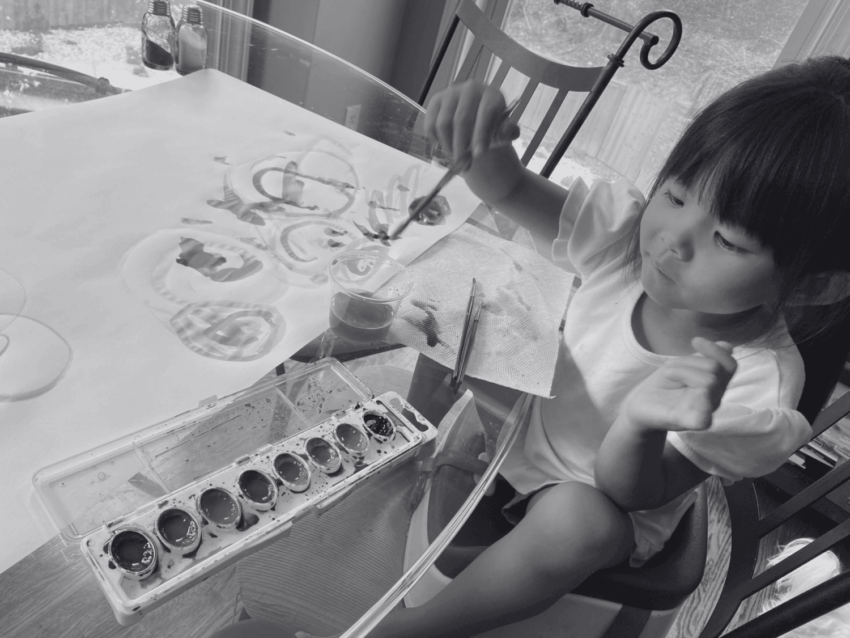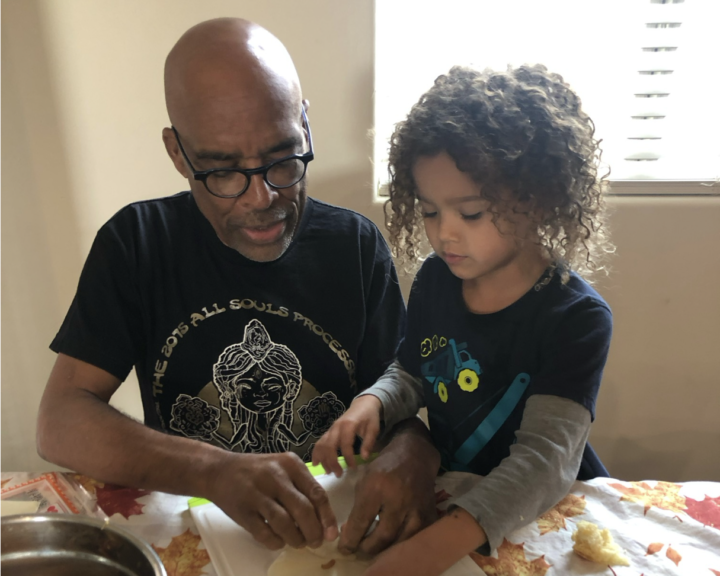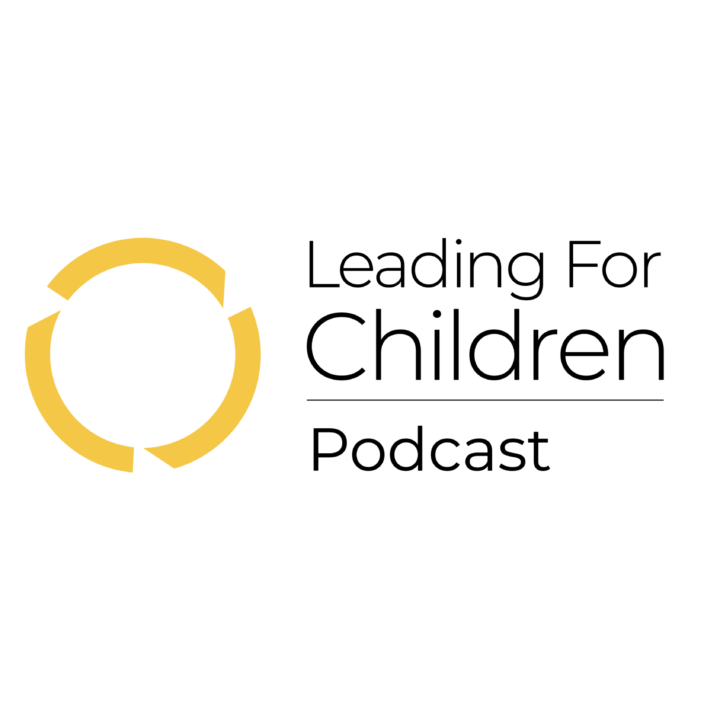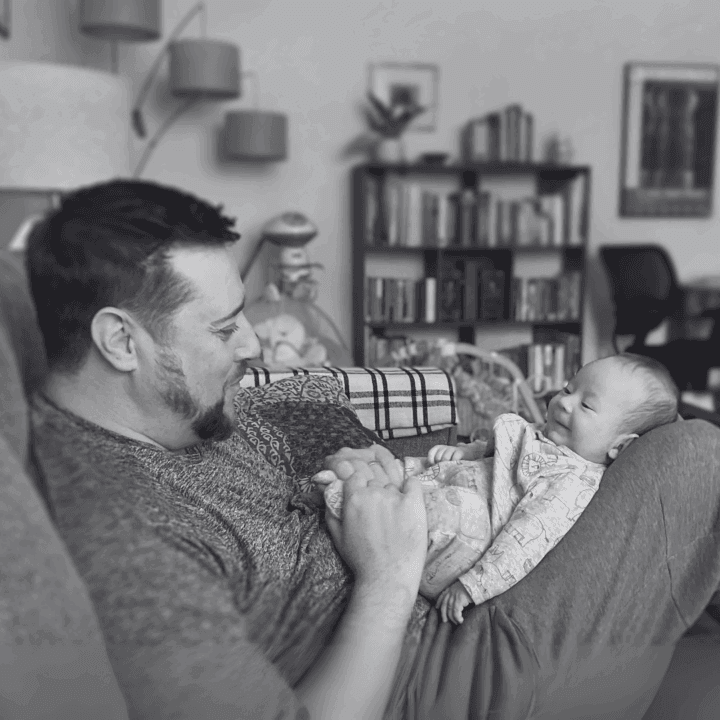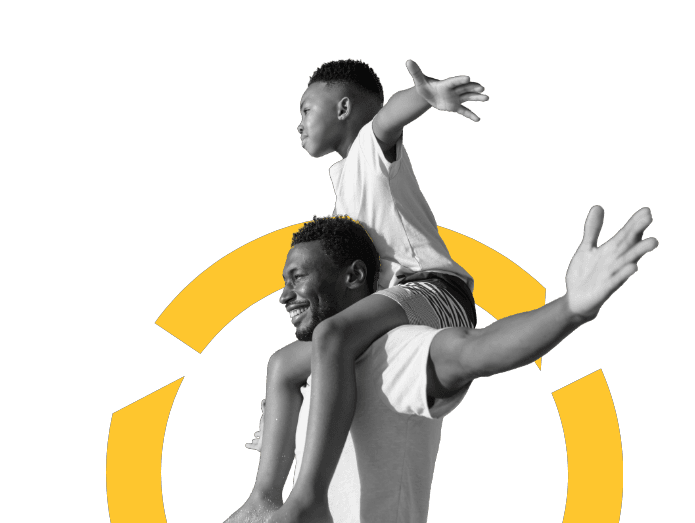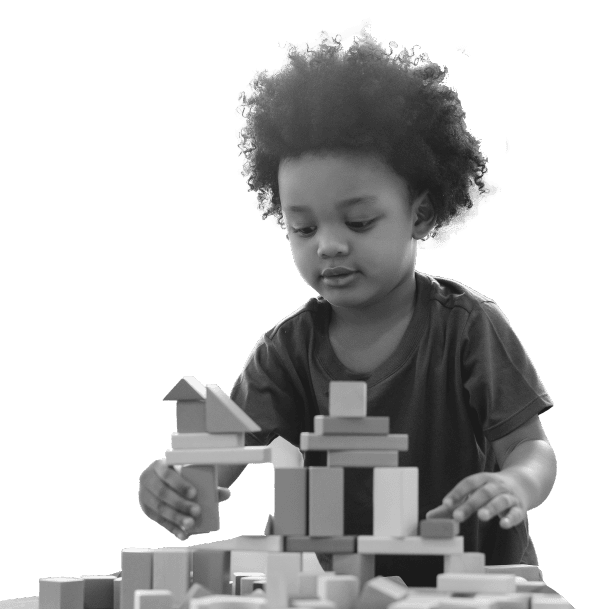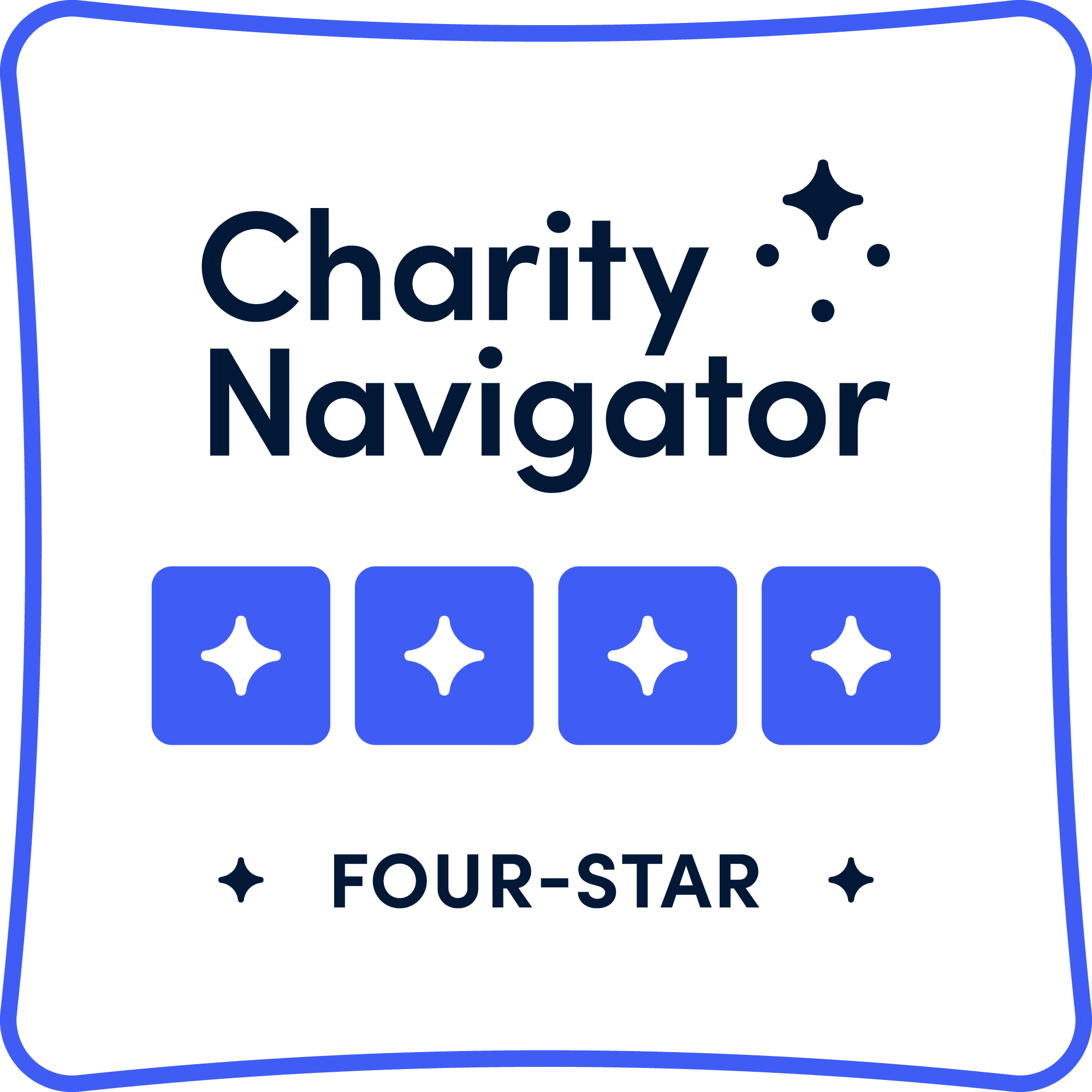This blog was written by Julia Connolly, LFC’s Communications and Program Leader
Trusting new people can be scary—especially when it’s not your choice!
Imagine this: You’re a sleepy two-year-old who’s just woken from a nap and stumbled groggily out of the bedroom, only to find—not mom, dad, or grandma—but a stranger you might have met once. Cue the waterworks!
As a new babysitter for this family of three children under four, I remember the panic that washed over me, almost mirroring that of this little boy named Matteo who’d just discovered in his half-present state that the grownups he knew and trusted were gone—and that I stood in their place.
He searched frantically for someone familiar, then resigned to tears and fearful wails. Inside my own body, I felt an overwhelming desire for him to calm down, for everything to be okay. But in my activated state, I couldn’t see a clear path. The temptation was to get big and loud, to reassure and distract—not trusting that I, myself, was okay and could handle it.
In the moments before Matteo and his meltdown tottered into the living room, I’d been playing a game with his four-year-old sister while holding his six-month-old brother. As we all witnessed the terror flood through, I realized they were watching me…waiting for me to let them know if the situation was safe. I took a deep breath, let myself feel the stress, then exhaled it out of my body as best I could. I sat down on the floor at the little boy’s level and spoke gently:
“I know, your daddy’s not here right now, and that feels really scary. You’re safe, you’re okay. He’ll be home soon.”
The wails continued, and I felt my confidence waver. Still, I stayed with him, honoring his feelings and offering calm as best I could.
After a few minutes, I realized Matteo’s breathing had slowed. His eyes had met mine. He wasn’t quite ready to join his siblings yet—but he was ready to find his own activity nearby. And I felt steadier too—proud of myself, even. When I looked at the others, they, too, were okay. Moments later, he was back at my side, showing me his favorite toy.
We made it.
What’s Happening When Stress Arises?
When Matteo cried, I felt my whole body tense. My heartbeat quickened, my shoulders tightened, and my mind started racing for solutions. This is what happens when stress arises: our bodies detect threats and prepare to protect. It’s biology doing its job.
Our nervous systems are designed to respond quickly to what feels unsafe—whether it’s a crying child, a heated meeting, or a full inbox. When we sense danger that’s real or even just perceived, the amygdala (the emotional part of our brain) sends out an alarm, flooding us with stress hormones that prepare us to act fast. But once the immediate threat passes, the slower, more thoughtful part of the brain—the prefrontal cortex—helps us calm, reflect, and choose how to respond. The challenge is that in modern life, these stress signals often come one after another, leaving our bodies in a near-constant state of activation.
Emotional regulation doesn’t mean avoiding stress or forcing calm. It’s about noticing what’s happening inside us and giving ourselves the chance to pause, breathe, and choose our next step with intention. In that pause, we create space for ourselves and those around us to feel grounded again.
When I took that breath on the living room floor, my body began to settle. My calm became a cue for the children that we were safe. That’s the ripple effect of regulation: when one person finds steadiness, others feel it too.
Emotional Regulation Matters for a Humanity First World
Emotional regulation is so much greater than “just a skill”—it’s a foundation for shaping thriving relationships and communities. At LFC, we believe that a Humanity First approach begins with how we show up inside ourselves. When we cultivate steadiness and awareness, we expand our capacity to lead with empathy, curiosity, and care.
For ourselves, emotional regulation brings clarity and resilience. It allows us to respond instead of react, to step into our values and intentions rather than be swept away by stress. It is the quiet work that underpins confidence, grounded leadership, and a deeper sense of well-being.
For children, the stakes are even greater. Children learn not just through what we say, but through what they feel. When adults regulate their emotions in moments of challenge, children witness a model for navigating life’s storms. They learn safety, trust, and self-regulation—skills that will serve them for a lifetime.
For communities, emotional regulation creates ripples. It shifts the tone of interactions, strengthens collaboration, and builds trust. In workplaces, schools, and neighborhoods, small acts of self-awareness become seeds for harmony and collective resilience.
At its heart, emotional regulation is an act of leadership — a commitment to pause, reflect, and choose a path that reflects our highest values. In practicing it, we shape a world where we lead not from fear or reactivity, but from steadiness, empathy, and shared purpose.
